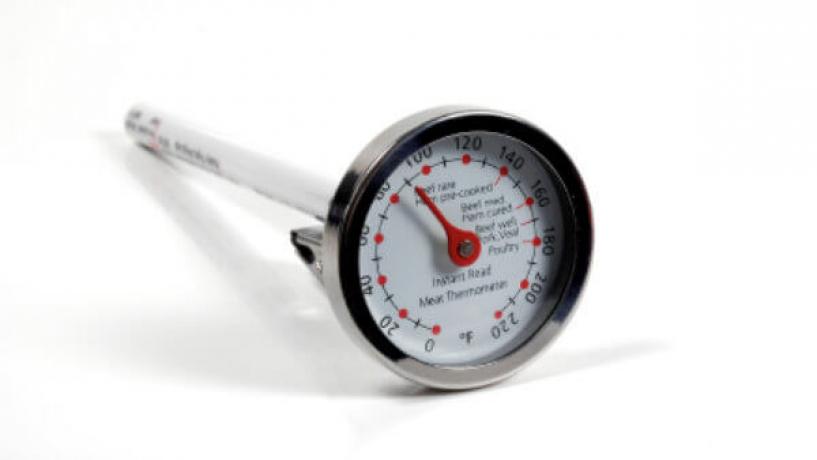
The Food Safety Information Council has announced that the theme for Australian Food Safety Week this year will be the temperature danger zone in food preparation and storage.
will stress the importance of keeping hot foods hot (60°C and above) and cold foods cold (5°C and below) while handling and storing. The goal will be to raise consumer awareness on bacteria's ability to grow when food temperature reaches the danger zone, and how maintaining awareness of food temperature can prevent food poisoning and contribute to a safe food preparation environment.
Exploring the Danger Zone
Why is the danger zone so dangerous? It may seem as if a few degrees can't possibly have a serious effect on food, but harmful bacteria see these few degrees as a prime opportunity to multiply. When a food's temperature reaches the danger zone, bacteria are able to double every twenty minutes – allowing them to reach the trillions in just twenty-four hours!
Consuming mishandled food in which harmful bacteria have been given the opportunity to grow excessively is the leading cause of food poisoning. Small amounts of bacteria are present in most food, and the human body is able to process these small amounts with no problem; however, when these bacteria reach unreasonable levels, illness can occur.
Pregnant women, young children, the elderly, and those with weaker immune systems have a greater risk of experiencing food poisoning, as they are more likely to be affected by smaller amounts of bacteria present in their food. It is important to take special consideration when preparing food for members of these demographics.
The three environmental factors that contribute to bacteria growth in food are moisture, oxygen, and a warm temperature. Generally, the first two are a given, making it extremely important to prevent the warm temperature from taking place. Refrigerating all foods within two hours (one hour for foods over 30°C ) and reheating them to a safe internal temperature before consuming again is key in maintaining food safety and preventing foodborne illness.
Learn More as a Food Safety Supervisor
Enrolling in a Food Safety Supervisor course is an excellent opportunity to learn more about employing safe food preparation practices and maintaining a bacteria-free cooking environment. Food Safety Supervisors are trained extensively in food safety laws as well as all practices required to ensure the safe handling, cooking, and storage of consumer food.
For many Australian states, it is compulsory for every food business to employ at least one Food Safety Supervisor, and for that person to be contactable at all times. It is also of vital importance that every member of staff have sound food safety knowledge, as it reduces the risk of cross-contamination and increases company credibility.




